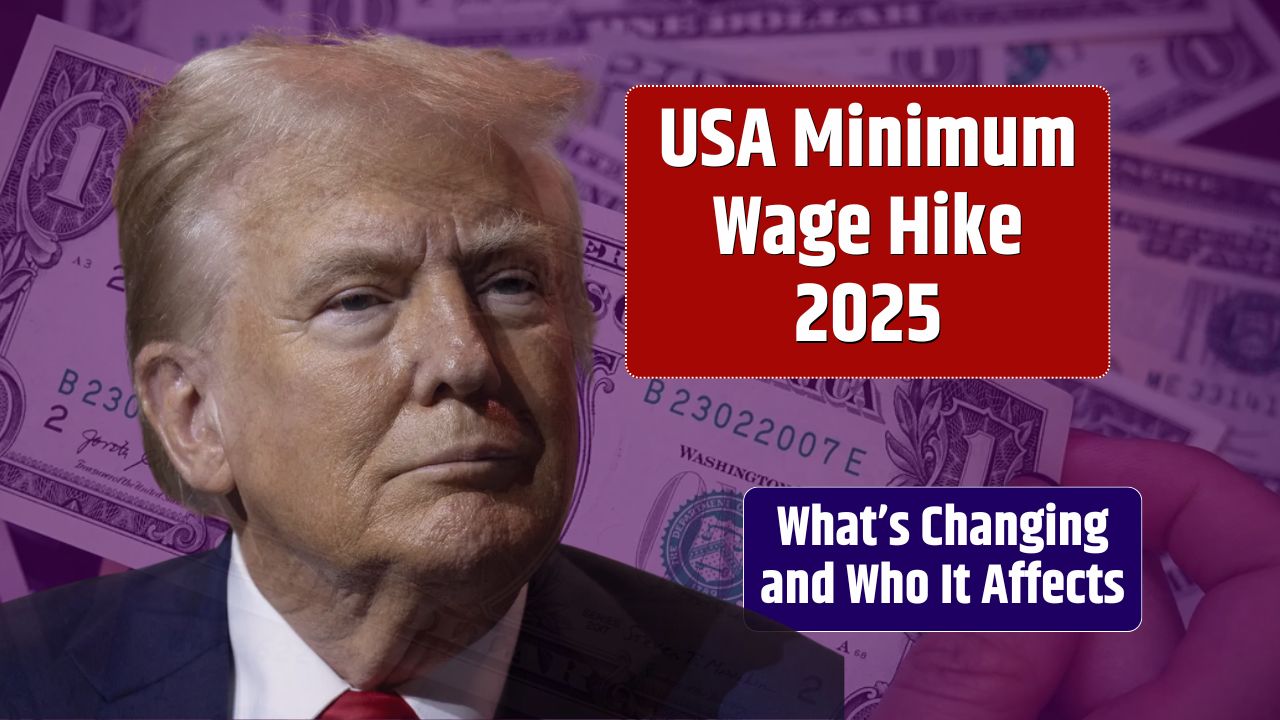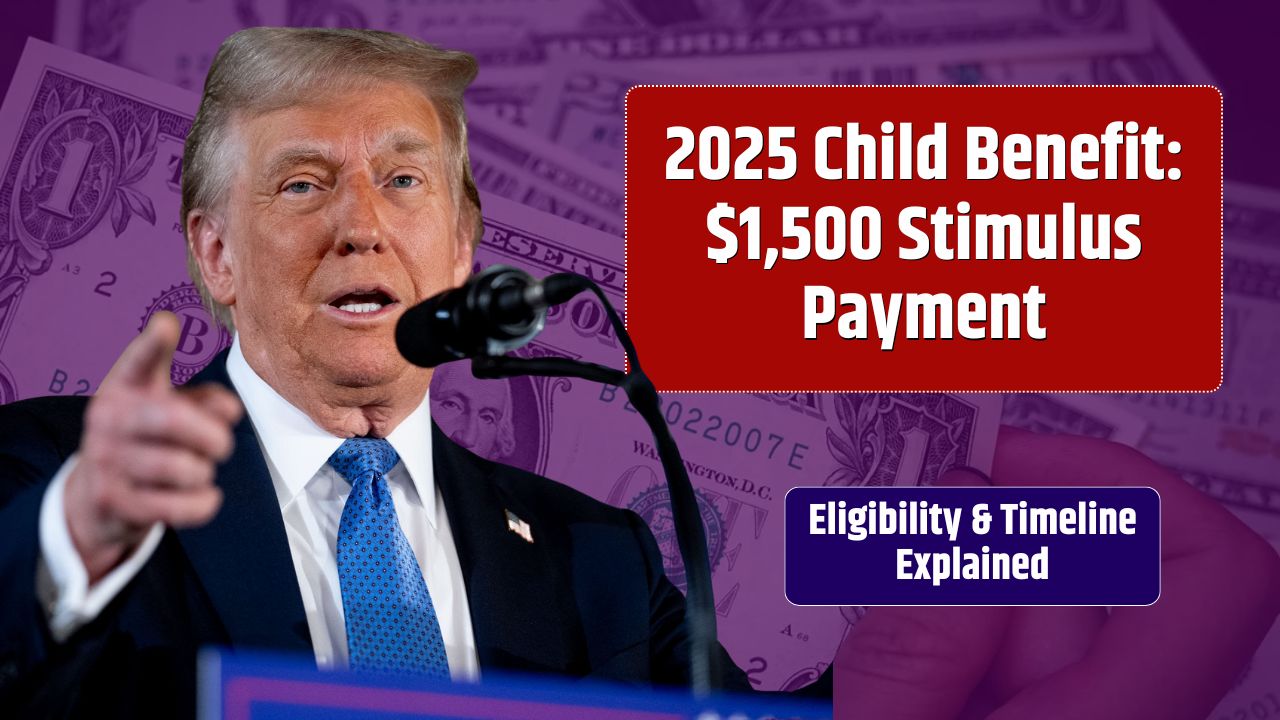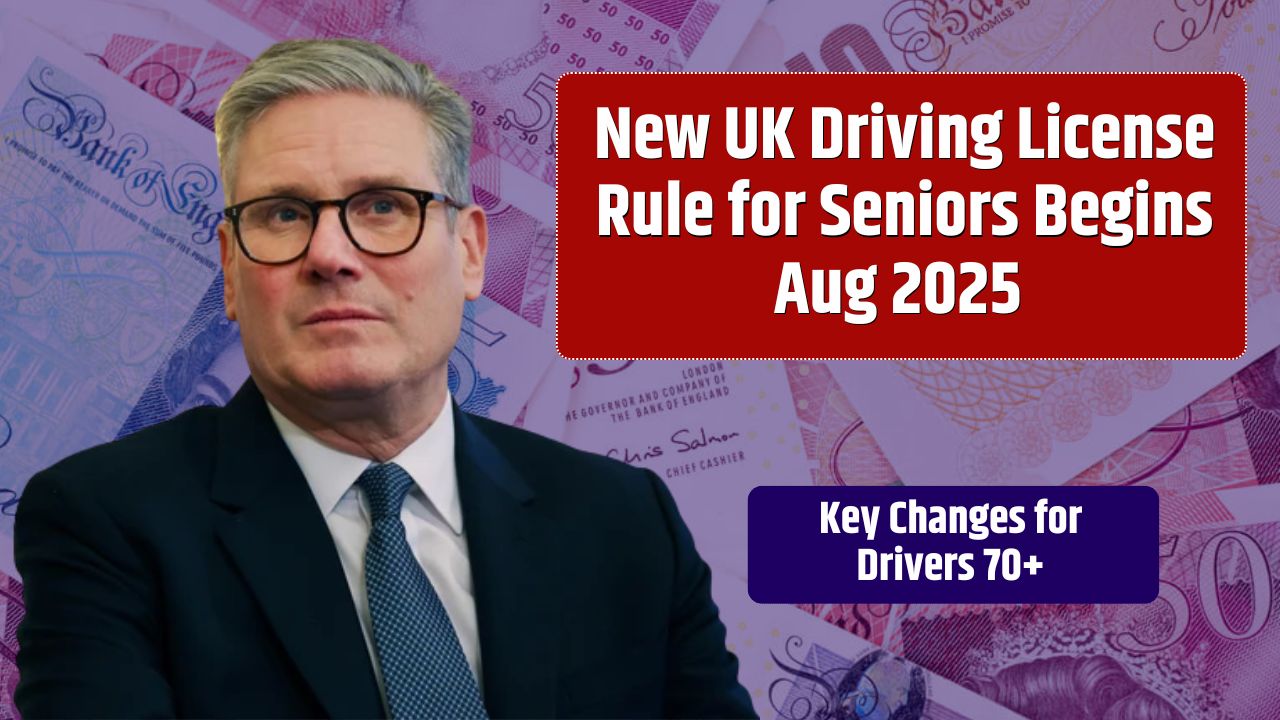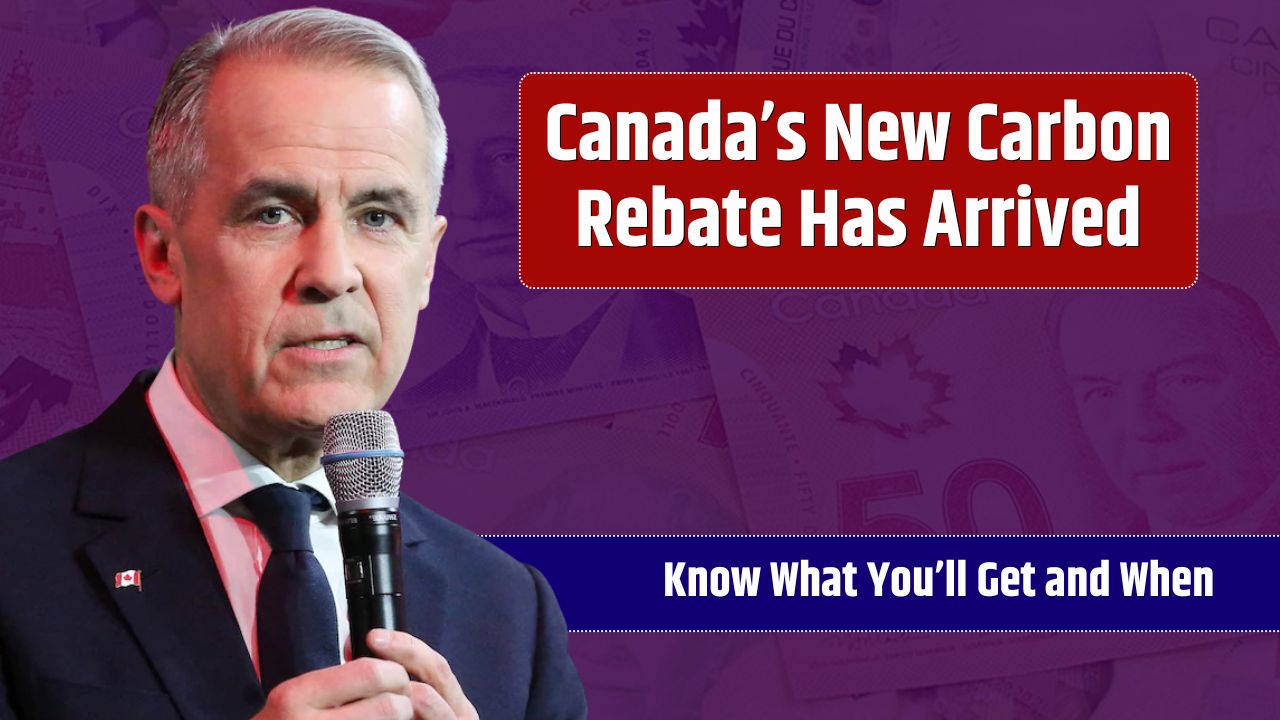One of the biggest labor stories of 2025 isn’t just about numbers on a paycheck—it’s about what those numbers represent: dignity, survival, and long-overdue change. This year, 22 U.S. states raised their minimum wage, with new hourly rates taking effect starting July 1, 2025. While the changes vary by location, the shift reflects a growing push to address wage stagnation in the face of rising living costs.
Whether you work at a small diner in Georgia or a retail chain in California, chances are the minimum wage conversation has touched your life—or your wallet.
Table of Contents
What’s Changed in 2025?
While the federal minimum wage remains stuck at $7.25 an hour (unchanged since 2009), many states—and cities—are taking action. In July 2025, 22 states implemented minimum wage increases. Some were modest; others, like California’s targeted hike for fast-food workers, were more ambitious.
A Quick Look at the New Numbers
| State/City | New Minimum Wage (2025) |
|---|---|
| California (fast food chains) | $20.00/hour |
| Washington State | $17.05/hour |
| Oregon (Portland Metro) | $16.90/hour |
| Colorado | $15.50/hour |
| Florida | $13.00/hour (on the way to $15) |
| New York City | $16.00/hour |
| D.C. | $17.95/hour (highest) |
Some areas, like Seattle, have separate city-level wages that surpass the state’s base. Others, like Texas and Mississippi, have not moved beyond the federal minimum.
Why Now?
A few key forces triggered this shift:
- Inflation: Groceries, rent, fuel, and utilities have become noticeably more expensive
- Worker advocacy: Years of protests, union pressure, and grassroots organizing
- Post-pandemic labor lessons: The fragility of low-wage work was made painfully clear during COVID
- State-level autonomy: With Congress slow to act, states stepped in
In short, it’s not just about wages—it’s about economic survival.
What the Hike Means for Workers
While it’s still not easy to live on minimum wage, the increase is giving many workers a much-needed cushion. Benefits include:
- Slightly more breathing room for essentials like rent, food, and transport
- Boosted morale and retention in high-turnover industries
- A ripple effect: When the lowest wages go up, nearby wage brackets often rise too
It’s not a silver bullet—but it’s a start.
What It Means for Employers
Not every business sees the hike the same way:
Larger employers often already pay more than minimum and support the change
Mid-size and small businesses face tighter margins and are adapting by:
- Raising prices
- Adjusting hours or staff
- Reworking supply contracts
Some are absorbing the cost through operational efficiencies, while others are passing part of it on to consumers. For many, it’s a balancing act.
Is It Enough?
That depends on where you live. In high-cost areas like San Francisco or New York, even $16 an hour barely stretches far. Yet in some regions, the increase has had a bigger impact. But millions of workers in states without increases remain behind—and the federal minimum wage is still just $7.25/hour.
Economists and politicians remain divided on what the “right” number is. Some push for a $15/hour federal minimum, while others argue for region-based wages to reflect local costs.
FAQs
Is the federal minimum wage still $7.25?
Yes. It hasn’t changed since 2009.
Which state has the highest minimum wage?
Washington, D.C., at $17.95/hour, followed by Washington State.
When did the 2025 wage hikes take effect?
Most began on July 1, 2025, with others rolling out later in the year.





















